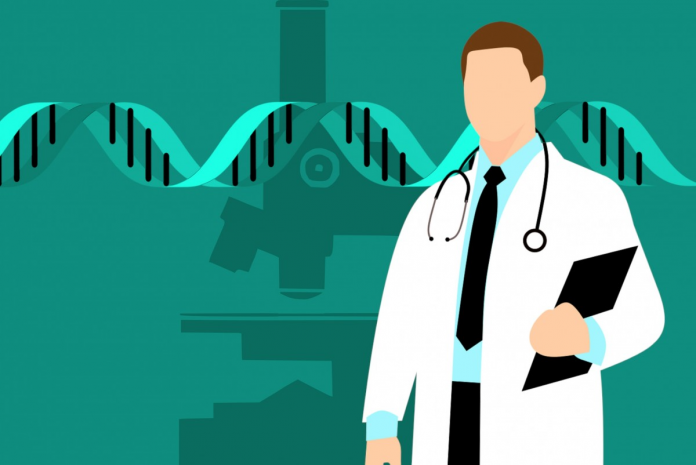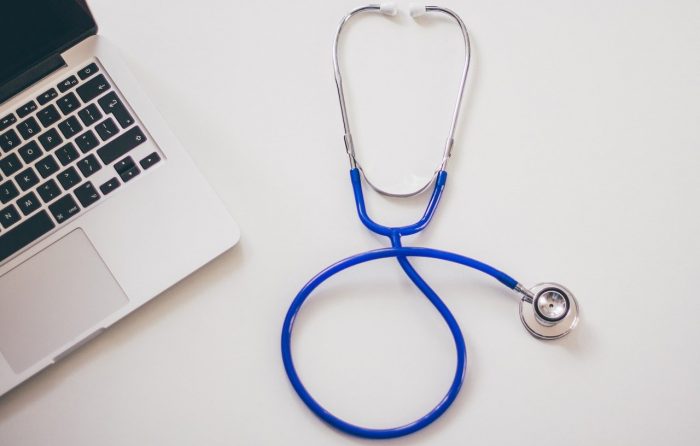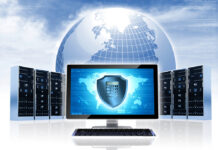Technology has become a ubiquitous and dominating part of the modern landscape. Most of us can’t remember a time before smartphones and tablets, and the rapid development and roll-out of the technology, both for personal use and for use across the board in business and industry become quicker and quicker as old hardware and software quickly become obsolete. Healthcare is not immune to this rapid acceleration of the technological revolution — if anything it has taken its place, rightfully, at the forefront of the movement.
Technology has helped the healthcare industry, and now we are at a point where diagnosis, treatment, aftercare and crucially early detection of illness or injury is more efficient than ever. The only thing restricting healthcare from being the leader in technological advancement is the stringent rules and regulations involved in adopting new technologies. Unlike other areas where tech dominates, “rollouts” need to be perfect, and strict policies of confidentiality and the way data is collected need to be adhered to. Here are some ways in which medical software development services and technology overall have benefited, and continue to benefit healthcare.
Data and databases
Gone are the days of huge, archaic filing cabinets and endless rows of old dusty shelving. Databases provide an efficient way to store and access patient information, to send it between hospitals and clinics quickly, meaning less waiting time for referrals and information sharing. Physicians and nurses can easily pull up a patient’s medical history, lab test results, records of vital signs and prescription orders amongst other things. All this information at the touch of a button means that care can be provided with confidence and with all necessary information. This also means that diseases and potential infections can be detected before hospital admission, meaning that the chances of a hospital outbreak will be greatly diminished.
Lower costs
Studies have shown that the switch from paper filing system and correspondence to emails, SMS and other digital communications has cut down on a lot of the costs associated with healthcare. When applied to a large hospital or health center, these savings really add up. As well as this the advent of ‘telehealth’ systems (where patients can be advised, triaged or even treated remotely via computer or telephone systems — in a sense ‘virtual’ doctors) are shown to reduce costs. This is also ideal for medical consultation services. In tandem, health services such as the 111 medical advice line in the UK (which encourages people in non-emergency situations to avoid a 999 call or emergency room admission) can provide over the phone advice to reassure and advise. The reduction in admissions to the emergency room saves a lot of time and money for the NHS, and other similar schemes are in place worldwide.
Reduced recovery times
The development of technologies such as laser treatment or use means that patients are able to recover much quicker and reduces the risk of medical procedures. Recovery and convalescence periods are greatly reduced — where before they may have been weeks or months they are now down to a few days in some instances. This takes the strain off the health service and makes for more satisfied and happier patients.
Doctors on the go
Medical professionals, via smartphone and tablet technology, are not only able to access patient records via databases, but they are also able to communicate with colleagues around the globe with incredible speed. Access to these colleagues and their high levels of expertise mean that the best quality healthcare is available to patients in record time. Again, in terms of workflow, this is incredibly efficient and means that the care available to patients is second to none. Doctors and physicians (and nurses and other staff) are able to attend more and more functions, workshops, classes, and courses remotely, increasing expertise across the healthcare workforce without the need for periods of absence or high costs.
Testing and imaging
The up to date tests and monitoring systems available are more accurate, precise and efficient than ever before. Advanced monitoring and imaging capabilities like Electrocardiography, X-ray Computed Tomography, Sonography, and Magnetic Resource Imaging are widely used. These provide highly resolved and precise images of anatomical structures and physical functions that were never possible before their creation. Once again, this information is then made available across the board on confidential databases, so that no matter where you are, the doctors and other healthcare professionals will have access to up to date records, information, scans and images to help them treat you more efficiently, effectively and confidently.
Error reduction
In the past, sadly, many people would grow ill or even die because of errors regarding medication or treatment. The elderly and those with specialist ongoing healthcare problems are the demographics who were traditionally at risk. Whilst medical bracelets have been around a long time, they have developed considerably in recent years. These bracelets are equipped with an individual barcode to help hospitals track doses of medications, past treatments and any issues a patient may have experienced throughout their lives. These bracelets can be lifesavers — once again, information and knowledge are the keys to successful and efficient treatment, and they are invaluable in that respect. Coupled with the extensive and accessible databases available on-demand to doctors and healthcare professionals, they have been proven to drastically reduce errors in medication and treatment.
So, technology is rapidly developing, and this can only be a good thing for the way in which healthcare is administered, investigated and in how procedures are carried out. It may lead to the growth of more healthcare startups. The future looks ever brighter.
Find a Home-Based Business to Start-Up >>> Hundreds of Business Listings.



















































